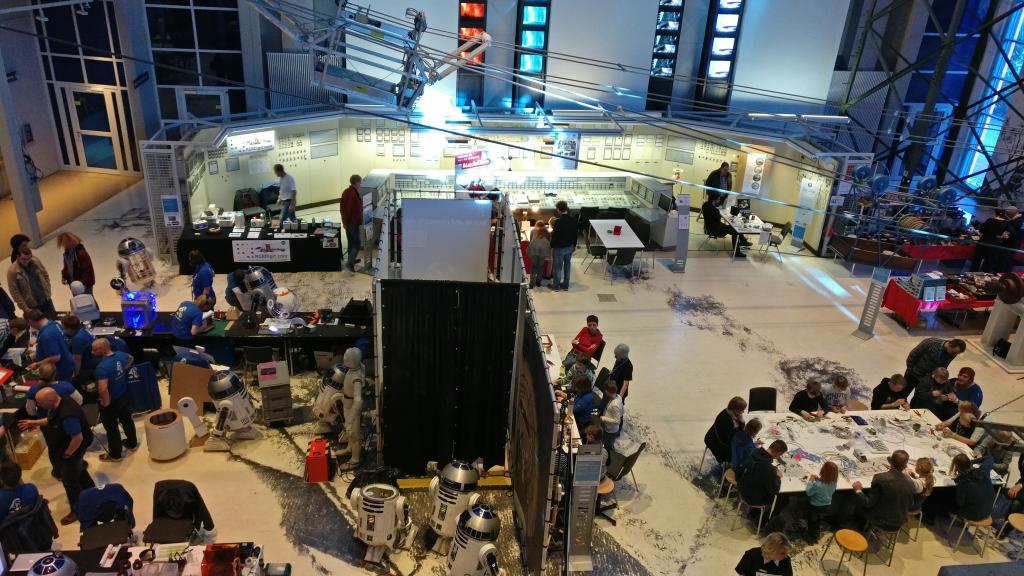The Bach-Project: Going Harmonograph
Now I got curious! After I created the Lissajous visualization of Bachs Prelude in C yesterday, I was wondering what other figures I could get out of this music. When using lissajous figures the two axis are perpendicular and independent from each other. When using a harmonograph an additional rotational movement is added, which changes the apperance of the figures drawn. By adding a phase shift of 90 degrees to the second frequency, the unison is now represented as a circle instead of a line.
If I find the time I will make this sketch interactive so you can play with the various parameters and see how I alters the shapes drawn by the music.
